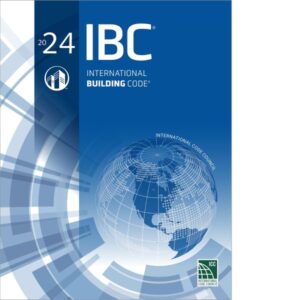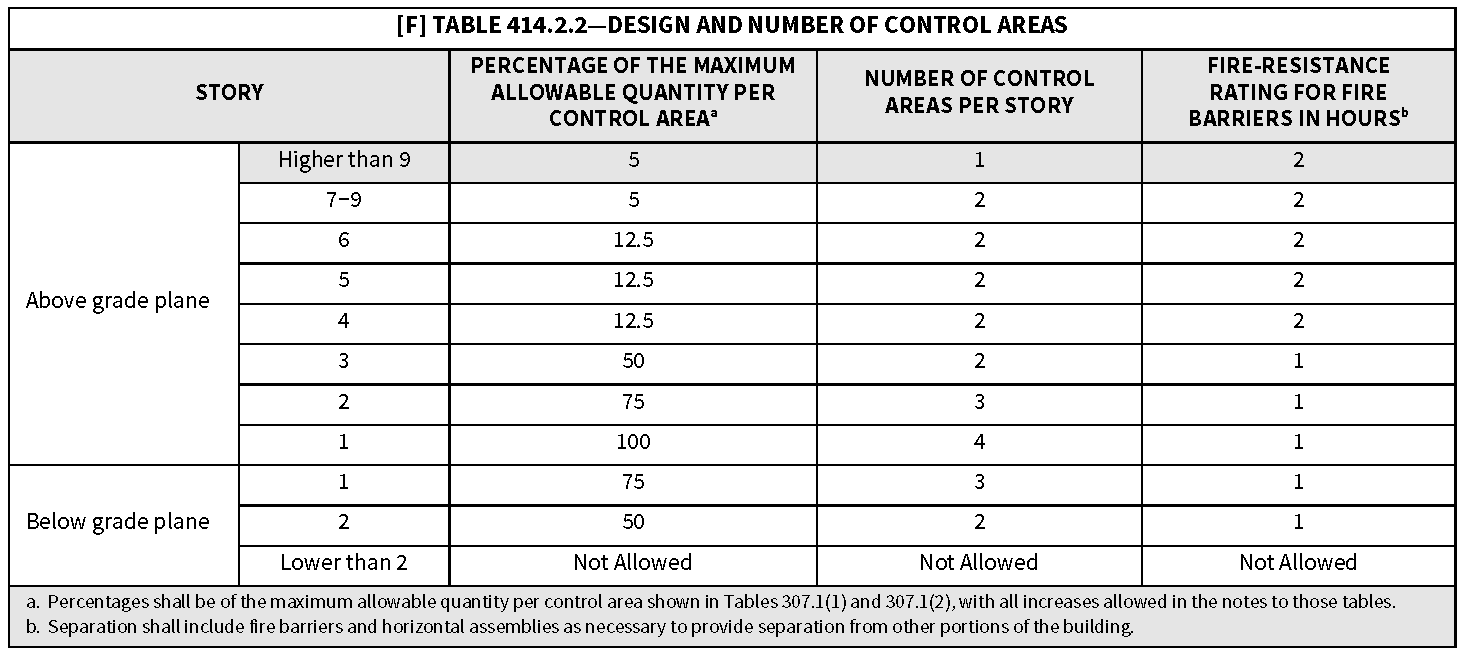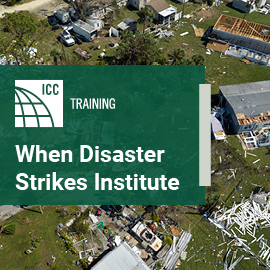
Code Corner: 2024 International Building Code Section 414.2.3: Number of Control Areas
The Building Safety Journal’s series, Code Corner, explores sections of the I-Codes each month, focusing on key elements of these essential codes.
The International Codes® (I-Codes), developed by the International Code Council, are a family of fifteen coordinated, modern building safety codes that help ensure the design and construction of safe, sustainable and affordable structures.
The I-Codes are the most widely adopted set of model codes globally, implemented in all 50 U.S. states and many countries around the world.
The Building Safety Journal’s series, Code Corner, explores sections of the I-Codes each month, focusing on key elements of these essential codes. This month, we’re spotlighting the scope of Section 414.2.3 of the 2024 International Building Code® (IBC): Number of Control Areas.

2024 IBC Section 414.2.3 Number of Control Areas
In general, control areas are spaces within a building where the quantities of hazardous materials not exceeding the maximum allowable quantities (MAQ) per control area are stored, dispensed, used or handled.
Section 414.2.1 recognizes the use of 1-hour rated minimum fire barriers to create separate control areas. The use of the control area concept is intended to simply allow more hazardous materials within a building without warranting a Group H occupancy classification by recognizing the use of additional compartmentation (1-hour rated minimum fire barriers), sprinkler protection and/or hazardous material storage cabinets.
As indicated in Section 414.2.3, the maximum number of control areas per floor “within a building” shall be in accordance with Table 414.2.2. The intent of Table 414.2.2 is to limit the number of permitted multiple control areas “in a building” before warranting a Group H occupancy classification.

Again, the multiple control area provisions still assume the MAQ of permitted hazardous materials in any one control area are not exceeded. The control area provisions also assume that there are not simultaneous fire incidents involving multiple control areas.
Therefore, it was not the intent of the IBC to allow the “multiple” control area concept in the same building with Group H occupancy areas unless those Group H areas were separated by “fire walls” to effectively create separate buildings. This opinion is further clarified in Section 414.2.3 which specifically states that for the purposes of determining the number of control areas “within a building”, each portion of a building shall be separated by one or more fire walls complying with Section 706 to be considered a separate building.
Therefore, the multiple control area concept is also not a function of fire areas. The point is that additional control areas beyond four are not permitted on the first floor even if fire barriers of the appropriate rating were provided. While the use of fire barriers in accordance with Table 707.3.10 create separate fire areas, they do not create “separate buildings”.

As such, four control areas on the first floor would not be permitted on each side of a fire barrier. The IBC is still trying to limit the overall number of hazardous materials “in a building” not classified as Group H. With that being said, a Group H occupancy is also not permitted even if separated by an approved fire barrier since the Group H occupancy would be considered to be within the same “building” as the proposed four control areas.
Again, one of the basic principles of the “multiple” control area concept was that the “building” taking advantage of the control area concept was itself not classified as Group H. Therefore, if a building contained a Group H occupancy, the rest of the building would be limited to the MAQ of a given hazardous material in a single control area before warranting another Group H occupancy classification.
The premise was that while there may be a designated Group H storage area or room, you could still use up to the MAQ of the hazardous material in a “single” control area of a non-Group H occupancy.
For example, assuming you have an adequately separated Group H-3 flammable liquid storage room in a Group F-1 occupancy, you could still use up to the MAQ of flammable liquids in the Group F-1 factory. The use of “multiple” control areas, up to four, however, would not be permitted to regulate the amount of flammable liquids in the Group F-1 area.
To stay tuned for new articles in our Code Corner series, subscribe to the BSJ Weekly here.








